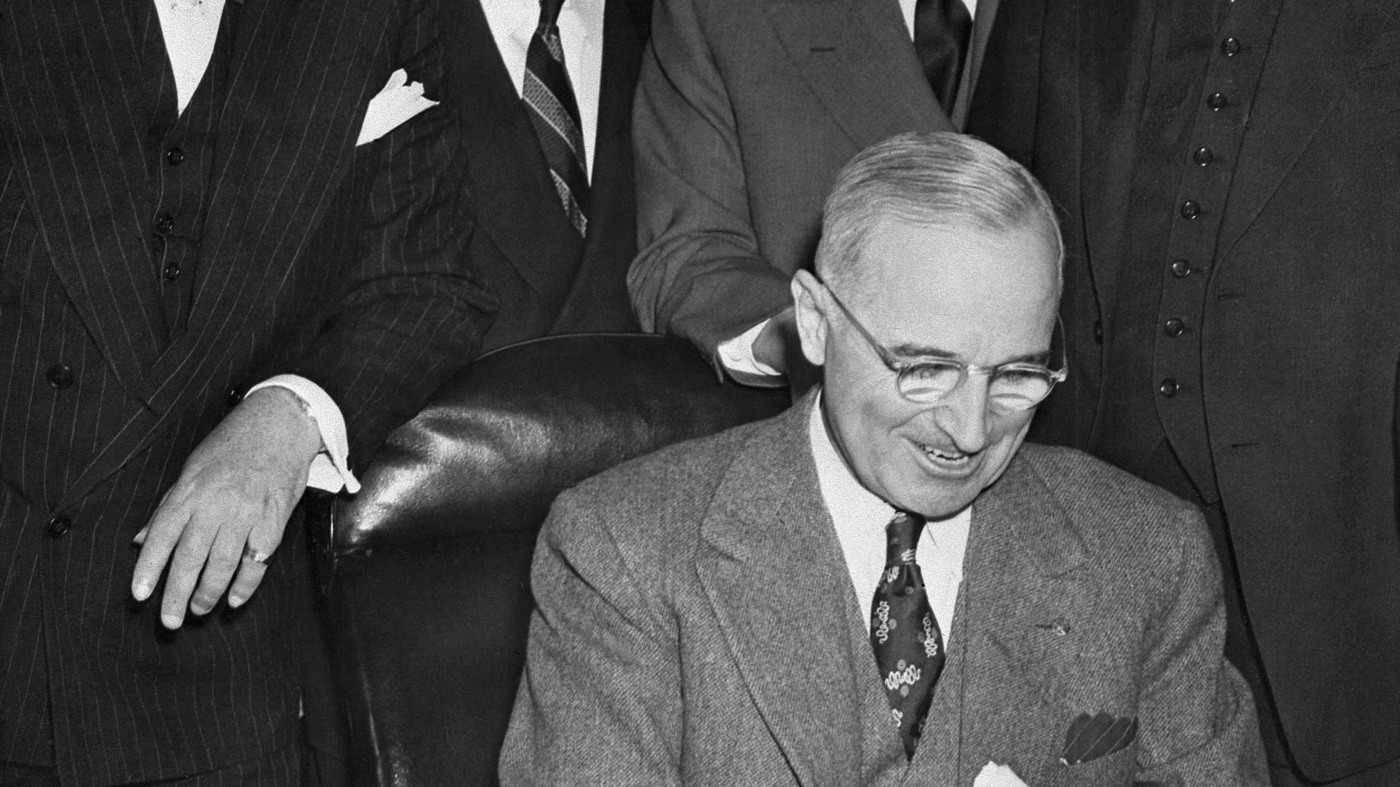The Transformation of Global Order: From Post-WWII Foundations to Trump-Era Disruption
Introduction
The world order that emerged after World War II was a carefully constructed system designed to prevent another catastrophic conflict. Led by the United States, this framework promoted multilateralism, free trade, and collective security through institutions like the United Nations, NATO, and the Bretton Woods system. For decades, it provided relative stability—until the presidency of Donald Trump introduced seismic shifts that challenged its very foundations.
This analysis explores how Trump’s “America First” doctrine disrupted the post-war order, examining the consequences for global diplomacy, trade, and security. From the erosion of soft power to the rise of economic nationalism, we assess the lasting impact of these changes and what they mean for the future of international relations.
—
The Post-WWII Order: A System Built on Cooperation
Foundations of Stability
The devastation of World War II necessitated a new approach to global governance. The U.S., emerging as a superpower, championed institutions that would foster economic recovery and prevent future wars. The Marshall Plan rebuilt Europe, while the General Agreement on Tariffs and Trade (GATT)—later the World Trade Organization (WTO)—reduced trade barriers, fueling prosperity.
Security Through Alliances
NATO became the cornerstone of Western defense, deterring Soviet expansion during the Cold War. Meanwhile, the United Nations provided a forum for diplomacy, reinforcing the idea that collective action could maintain peace. This system thrived on predictability—nations operated within agreed-upon rules, and the U.S. acted as both leader and stabilizer.
—
Trump’s Disruption: A Rejection of the Status Quo
The “America First” Doctrine
Trump’s presidency marked a sharp departure from decades of U.S. foreign policy tradition. His skepticism of multilateralism was evident in his rhetoric:
– “The world is not a global community… It’s a brutal place where strong nations defend their interests.”
– “We’re being taken advantage of by every country in the world.”
This worldview translated into concrete policy shifts that weakened international institutions and alliances.
Erosion of Soft Power
Under Trump, agencies like USAID saw their influence diminish. Foreign aid budgets were slashed, and diplomatic posts went unfilled. The U.S. retreated from its role as a humanitarian leader, ceding ground to rivals like China, which expanded its influence through initiatives such as the Belt and Road Initiative.
Trade Wars and Economic Nationalism
Trump’s aggressive tariffs—targeting allies and adversaries alike—disrupted global supply chains. While intended to revive U.S. manufacturing, they instead contributed to a decline in America’s share of global manufacturing output (from 28.4% in 2001 to 17.4% in 2023). The trade war with China, in particular, created long-term uncertainty, forcing businesses to rethink globalization.
Retreat from Multilateral Agreements
Key international agreements were abandoned or undermined:
– Paris Climate Accord – The U.S. withdrawal signaled a rejection of global climate cooperation.
– Iran Nuclear Deal – Trump’s exit destabilized efforts to curb nuclear proliferation.
– WTO Dispute System – The blocking of judicial appointments paralyzed the organization’s enforcement mechanisms.
These moves emboldened authoritarian regimes, which saw an opportunity to reshape global norms in their favor.
—
Global Consequences: A More Volatile World
Strains on Alliances
Traditional allies, particularly in Europe, grew wary of U.S. commitments. NATO members questioned whether American security guarantees could still be trusted. Some, like Italy’s Giorgia Meloni, sought direct ties with Trump to salvage relations, while others pushed for greater European autonomy in defense and trade.
Power Shifts and Rising Challengers
With the U.S. stepping back, rivals seized the moment:
– China expanded its economic and military reach, positioning itself as an alternative leader.
– Russia intensified its influence campaigns, from election interference to military interventions in Syria and Ukraine.
The rules-based order, once upheld by U.S. leadership, now faced competition from authoritarian models.
—
The Future: Can the Order Be Repaired?
Lessons from the Trump Era
The disruptions revealed vulnerabilities in the post-WWII system:
Pathways to Renewal
A new order must balance sovereignty with cooperation. Potential steps include:
– Reforming International Institutions – The UN, WTO, and WHO need updates to reflect 21st-century realities.
– Strengthening Regional Alliances – Partnerships like the EU and ASEAN can fill gaps left by U.S. unpredictability.
– Integrating Emerging Powers – Engaging India, Brazil, and others could create a more inclusive system.
—
Conclusion
A Crossroads for Global Governance
The Trump presidency exposed the fragility of the post-war order but also created an opportunity for reinvention. The world cannot return to the past—yet without U.S. re-engagement, the alternative may be fragmentation or dominance by illiberal powers.
The challenge ahead is to build a system that learns from past mistakes while addressing new threats. Whether through renewed American leadership or a more decentralized network of alliances, the goal remains the same: a stable, cooperative world order capable of weathering the storms ahead.











